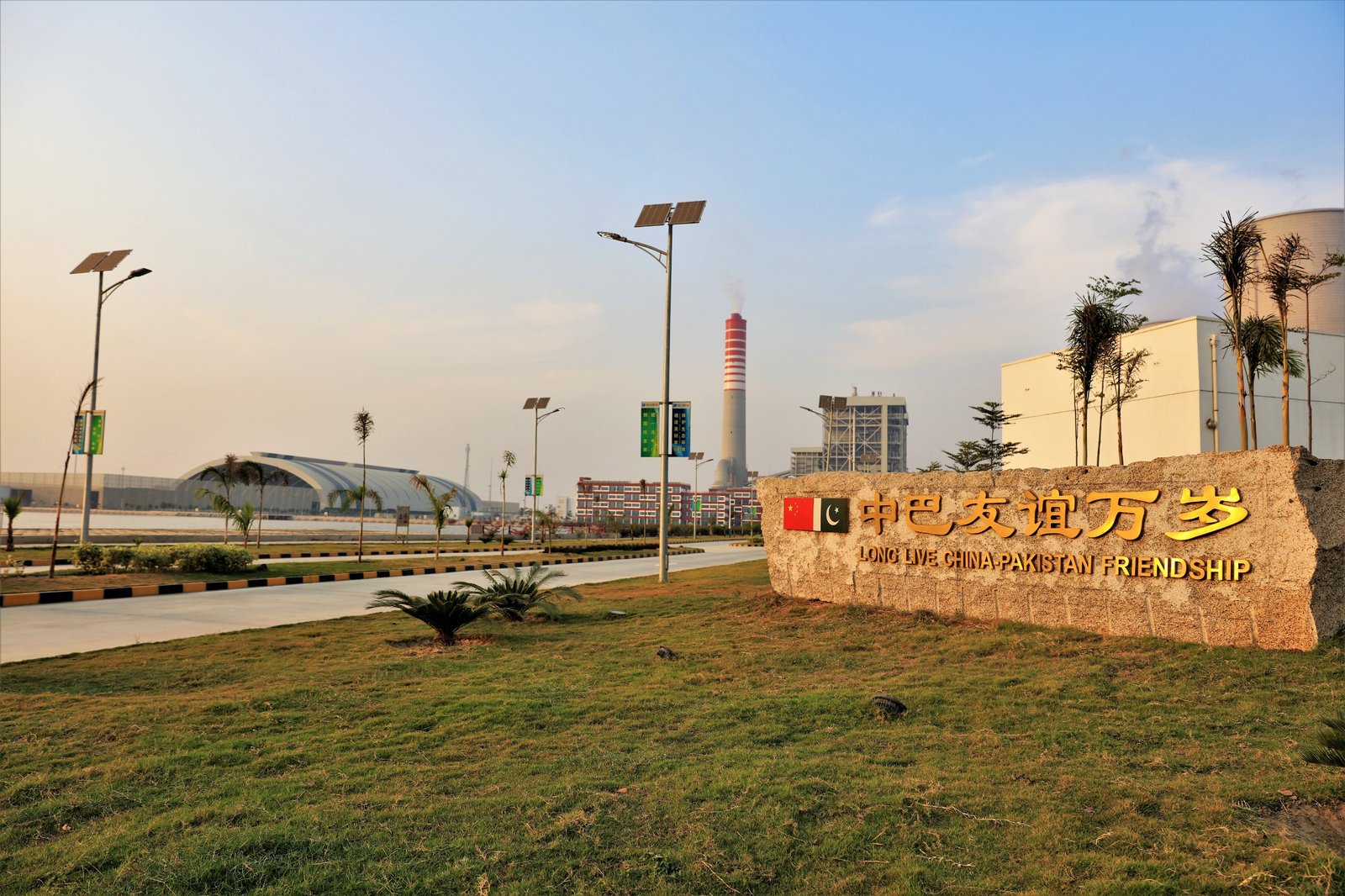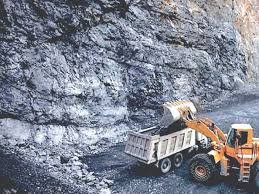Staff Reporter
On 28 October 2025, the Sahiwal Coal-Fired Power Plant will mark eight years since it entered commercial operation, a milestone that invites reflection not only on dates and capacity numbers, but on how a single, well-engineered power station transformed supply reliability in one of Pakistan’s most heavily loaded regions. Since commercial operation began on 28 October 2017, the 1320 MW Sahiwal complex consisting of two 660 MW supercritical units has repeatedly proven to be a backbone for the national grid, supplying large, steady blocks of power while offering fast, stable support during stress events.
From quick start-up to consistent full-load performance, Sahiwal’s success is rooted in fundamentals: modern thermal technology, rigorous commissioning and testing, an operator committed to maintenance discipline, and a location that places bulk generation close to major demand centers in central Punjab. The plant’s two supercritical units use imported high-calorific coal and were built with emissions-control systems and grid-support capabilities in mind. These features set it apart from many legacy plants in Pakistan and helped it integrate smoothly into the grid from the start.
Sahiwal was conceived and delivered as a contemporary coal-fired independent power project comprising two 660 MW blocks using supercritical steam cycles, high-efficiency boilers and large synchronous generators sized for both base-load output and grid support duties. The supercritical design gives higher thermal efficiency than older subcritical units, which translates to lower specific fuel consumption and more predictable output margins under heavy demand. Its environmental control systems, electrostatic precipitators and flue-gas desulfurization among them, were installed to meet both contractual and regulatory standards, enabling the plant to operate in a way that minimizes visible emissions while maintaining reliability.
That design focus paid dividends during the critical first years of operation and well beyond. Robust balance-of-plant engineering, redundancy in auxiliary systems, and conservative protection schemes reduced the incidence of forced outages and shortened recovery times when incidents did occur. In practical terms, this meant fewer trips, fewer long outages, and a more consistent contribution to the bulk power pool, exactly what system operators need in a load center.
The most visible measure of Sahiwal’s contribution is megawatts on the busbar. Beyond nominal capacity, the plant has consistently demonstrated that it can deliver large, near-continuous blocks of power into the 220/500 kV networks that feed central and southern Punjab. In 2025, the plant’s performance in the national annual capacity test underscored that reliability. Sahiwal exceeded the benchmark by achieving an output around 1,252 MW in the test, a public demonstration of its ability to sustain high output under system conditions. That kind of performance is more than a statement; it is a technical guarantee that the plant can be counted on during peak seasons.
But reliability is not only about raw output. Modern generating units are expected to help maintain system frequency and voltage, ride through disturbances, and provide reactive power to stabilize local networks. Sahiwal’s synchronous machines and control systems provide both active and reactive support, which has proven crucial during heat waves and high-demand summer afternoons when air-conditioning loads push the grid to its limits. Multiple reports and grid operator statements over the years highlight the plant’s role in damping frequency excursions and shoring up voltages in the region, characteristics of a truly dependable load-center generator.
A big power plant is only as reliable as its people and processes. Sahiwal’s operational discipline, planned outage coordination, condition-based maintenance, spares management, and systematic testing have been repeatedly cited as differentiators. Preventive maintenance regimes supported by condition monitoring and vibration analysis have reduced unplanned downtime. Clear handovers, rigorous safety and testing protocols, and close alignment with the national grid dispatcher have allowed the plant to respond to system operator requests for ramping, spinning reserve, and black-start readiness more predictably than many older units.
Sahiwal’s geography also plays a critical role. Located in central Punjab, the station sits close to major load corridors and distribution hubs. Proximity to demand reduces transmission bottlenecks, lowers losses, and simplifies voltage management for downstream networks. When a centrally located, high-capacity plant can perform at high availability, it eases pressure across the wider transmission system, reducing emergency dispatches, fast-start cycles from less efficient peaking units, and line loading problems.
Local system impacts have been tangible. Reports after periods of stress credit Sahiwal with helping to keep transformers within safe operating margins and smoothing regional voltage profiles, improvements that translate directly into fewer localized outages and a better end-user experience. In grid terms, Sahiwal acts like a stabilizing anchor at the heart of a heavily loaded region.
Coal plants today no longer look or operate like the plants of the past. Sahiwal was designed with emissions control equipment and modern plant layouts that reduce particulate, sulfur, and NOx emissions compared with older technologies. Operators and independent observers have highlighted these systems and their performance during commissioning and routine operations. While debates about the long-term fuel strategy and the role of coal in Pakistan’s energy transition continue, the plant’s operators have consistently pointed to compliance with operating standards and mitigations that reduce local environmental impacts. This pragmatic approach, balancing energy security with emissions controls, helped the plant gain a firmer social license to operate in its early years.
Not every year was smooth; every large thermal plant endures maintenance challenges, grid incidents, and fuel logistics issues. What sets Sahiwal apart is how it institutionalized lessons learned. Annual grid capacity tests, contingency drills, and careful coordination with the national grid and provincial dispatch centers provided continual validation of both plant and people. These tests did more than demonstrate output. They exercised protective relays, verified plant-to-grid communications, and confirmed the ability to sustain output during system emergencies, all vital capabilities when a grid is pushed to the edge. The positive results of recent tests were publicized in 2025 and reinforced confidence among regulators and grid operators.
Looking forward, Sahiwal’s role is likely to evolve rather than diminish. Pakistan’s generation mix is changing as renewables grow and policy debates are underway about fuel sourcing and potential conversions. Large thermal plants like Sahiwal can continue to provide essential system services: inertia, dispatchable capacity, firming for renewables, and ancillary services that intermittent resources cannot supply on their own. Discussions in policy and energy circles also consider how existing assets might be repurposed, retrofitted, or financially optimized, but the technical fact remains that, for the near to medium term, plants that can reliably deliver large, steady power blocks and the grid services that accompany them will remain indispensable.
As Sahiwal passes its eighth commercial anniversary, the plant’s legacy is practical rather than rhetorical. It is measured in gigawatt-hours injected to meet real demand, in avoided outages during peak periods, in fewer emergency dispatches, and in the confidence it has given planners and system operators that a major chunk of central-Punjab demand can be met from a single, highly available source. The public annual capacity tests and coverage in 2025 confirmed what many grid engineers already felt: Sahiwal is a reliable pillar in Pakistan’s grid architecture.
For the grid operator, for businesses that depend on steady electricity, and for communities that expect lights to stay on through heat waves and high demand, Sahiwal’s eight-year story is a reminder that reliable infrastructure, engineered, tested, and managed well, makes an outsized difference. The next chapters will be shaped by national policy choices, fuel economics, and technology trends. But regardless of the path chosen, Sahiwal’s first eight years have already demonstrated that careful plant design, disciplined operations, and a clear orientation toward grid support can turn a large thermal plant into something more than a generator: a dependable anchor for an entire load center.






